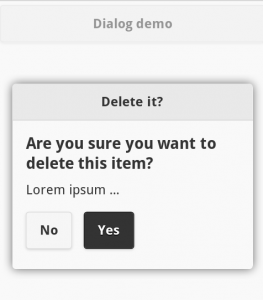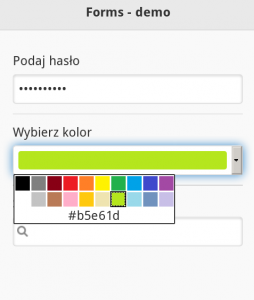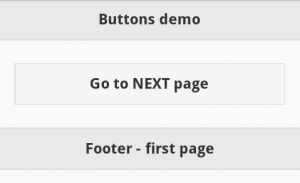Some time ago we got a small job. The subject: small research and creation of simple on-line editor for images, which should be editable from HTML5 Canvas and JavaScript level. Then the user should be able to save / send the final image. Today we present the basic elements and some examples related to this subject.
HTML5 Canvas, JavaScript and images
Basically we need (all the necessary libraries are included in our ready example):
– advanced JavaScript libraries: base64.js, canvas2image.js, jsmanipulate.js,
– PHP files, where we will process the data,
– images (jpg, png) to process.
Steps to do:
1. Load image from file JPG or PNG file to the HTML5 Canvas element (or draw a simple picture directly, using Canvas methods)
2. Perform some graphics operations on this picture
3. Get the modified contents of the Canvas, so that you can save it in a file
The 3rd point was most important in our case.
A whole magic was performed through one simple method — toDataURL() of the HTML5 Canvas object:
var strDataURI = oCanvas.toDataURL(); // returns "data:image/png;base64,iVBORw0KGgoAAAANSUhEUgAAAMgA…"
This method returns the Canvas content as data: URI. This allows for further operations, such as converting and saving the data in the form of the final file.












